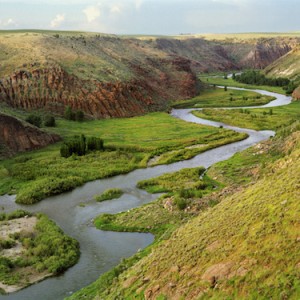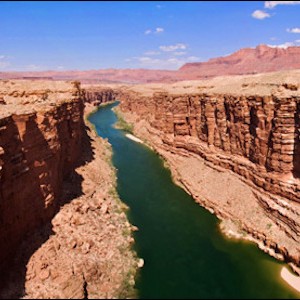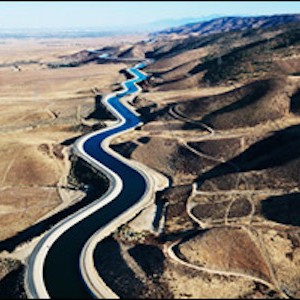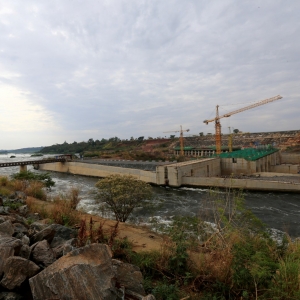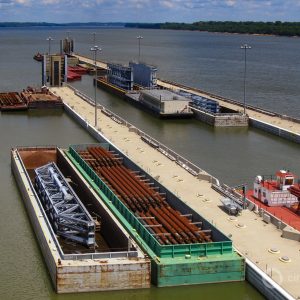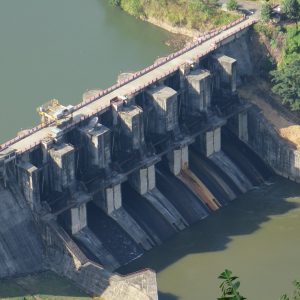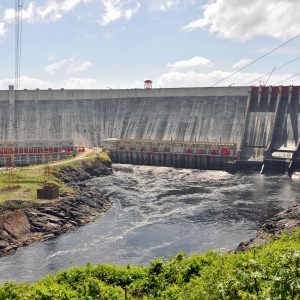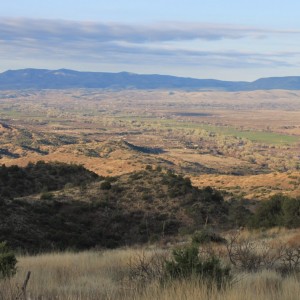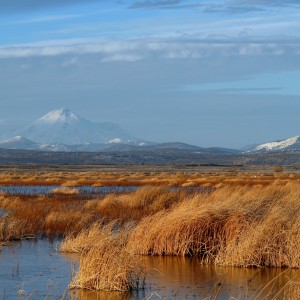Hydropower facilities in the United States can generate enough power to supply one-quarter of all households–28 million of them–with electricity. This is the equivalent of nearly 500 million barrels of oil or 100 average-sized coal power plants. But as climate change dries some of the country’s water sources and shifts run off patterns, the traditional way of predicting stream flow, designing dams, and consuming electricity no longer applies.
Studies indicate that the current drying trend in the Southwest will continue. For instance, Lake Mead, the largest reservoir in the U.S., has a 50 percent chance of dropping too low for power generation by 2017 and a 50 percent chance of going completely dry by 2021, according to the Scripps Institution of Oceanography. And the Colorado River Compact currently calls for 16.5 million acre-feet (MAF) of water per year to be allocated between the United States and Mexico, while the actual average river flow is most likely between 14 and 15 MAF. The end result is that millions of Americans could be thrown into energy uncertainty if water allocations to the basin states don’t reflect lower flows.
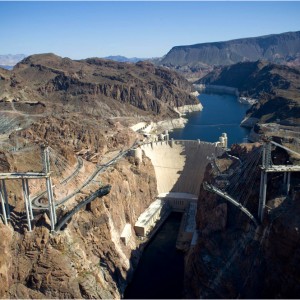 https://www.circleofblue.org/wp-content/uploads/2010/09/HooverIMAGE2-1000-1.jpg
665
1000
Brett Walton
https://www.circleofblue.org/wp-content/uploads/2018/06/Circle-of-Blue-Water-Speaks-600x139.png
Brett Walton2010-09-22 20:24:292016-09-27 14:33:46Low Water May Halt Hoover Dam’s Power
https://www.circleofblue.org/wp-content/uploads/2010/09/HooverIMAGE2-1000-1.jpg
665
1000
Brett Walton
https://www.circleofblue.org/wp-content/uploads/2018/06/Circle-of-Blue-Water-Speaks-600x139.png
Brett Walton2010-09-22 20:24:292016-09-27 14:33:46Low Water May Halt Hoover Dam’s Power
